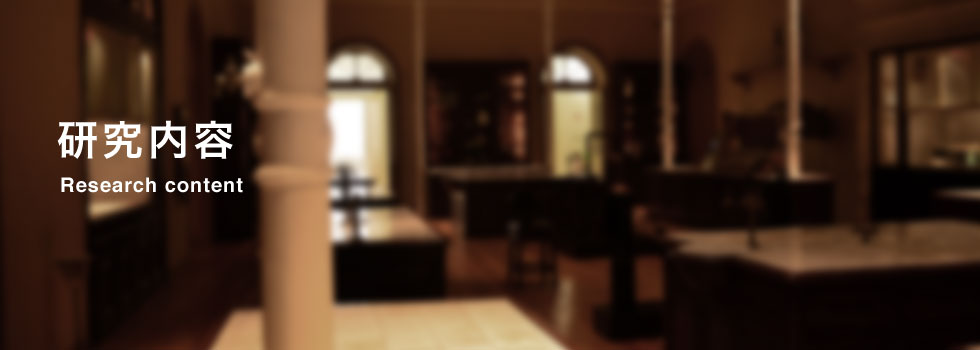7 詳細
A fluorogenic reagent, 4-mercapto-7-methylthio-2,1,3-benzoxadiazole for carboxylic acids, designed by prediction of the fluorescence intensity
S. Uchiyama, T. Santa and K. Imai
Anal. Chem., 2001, 73, 2165-2170.
■ Abstract
During the course of our studies of the development of fluorogenic reagents having a 4,7-disubstituted benzofurazan structure, we previously proposed 7-acetylamino-4-mercapto-2,1,3-benzoxadiazole (AABD-SH) as a fluorogenic reagent for carboxylic acids.
Since then, progress has made it possible to estimate the fluorescence quantum yields of the 4,7-disubstituted benzofurazan compounds on the basis of the PM3 calculation of their S1-T2 energies.
Subsequently, a new fluorogenic reagent, 4-mercapto-7-methylthio-2,1,3-benzoxadiazole (MTBD-SH) was designed and synthesized.
In the presence of condensation reagents, triphenylphosphine (TPP) and 2,2'-dipyridyl disulfide (DPDS), MTBD-SH readily reacted with n-caprylic acid within 1 min at room temperature.
The derivatives of five carboxylic acids (n-caprylic acid, n-capric acid, lauric acid, myristic acid, and palmitic acid) were well-separated on a reversed-phase column and were fluorimetrically detected at 519 nm with excitation at 391 mm.
The detection limits (S/N = 3) were 2.4-5.0 fmol.
Thus, MTBD-SH had properties that were considered to be superior.
For carboxylic acids, it was superior not only to AABD-SH, but also to many other conventional reagents.
The superiority was examined in terms of its reactivity and sensitivity and the avoidance of interfering peaks that were derived from the reagent itself or degradation products in the chromatogram.
■ 内容
ベンゾフラザン化合物に対する蛍光量子収率の予測法を駆使して,高感度なカルボン酸用発蛍光試薬を開発したという論文です.
置換基の Hammett 定数と蛍光性の関係から,いくつかの化合物をカルボン酸用発蛍光試薬としてピックアップし,その中から分子軌道法を用いて最も高感度と予測される化合物を合成しました.
実際に,この化合物自身は無蛍光性であり,カルボン酸と反応した後の蛍光量子収率が約 0.30 (アセトニトリル中)と,蛍光特性については試薬として理想的でした.
さらに,誘導体化時間も室温で 1 分以内と非常に穏和であり,励起・蛍光波長も長波長であることから,既存のカルボン酸用蛍光試薬と比較しても非常に良い試薬であるといえます.
■ ひとこと
Anal. Chem. Minor revision で一発アクセプト.
この論文は,ストーリーとして「なるほどな」といわれることが多いのですが,実際のキーポイントは試薬の合成が可能であったことにあると思います.
試薬というのは,その後に反応しなくてはいけないことから,必ずある程度は不安定でなければいけません.
でも,不安定すぎてはもちろんいけません.この試薬が,その辺の微妙なバランスの上にのっていたことこそラッキーでした.
実際に,反応をかけて精製しようとしたときに,壊れそう,でも,精製できそうというときが一番わくわくするところです.
ちなみに,論文ではあまり詳しく書いていませんが,この試薬の反応基である -SH 基は,空気中に長い時間放っておくと,ジスルフィドになってしまいます….








